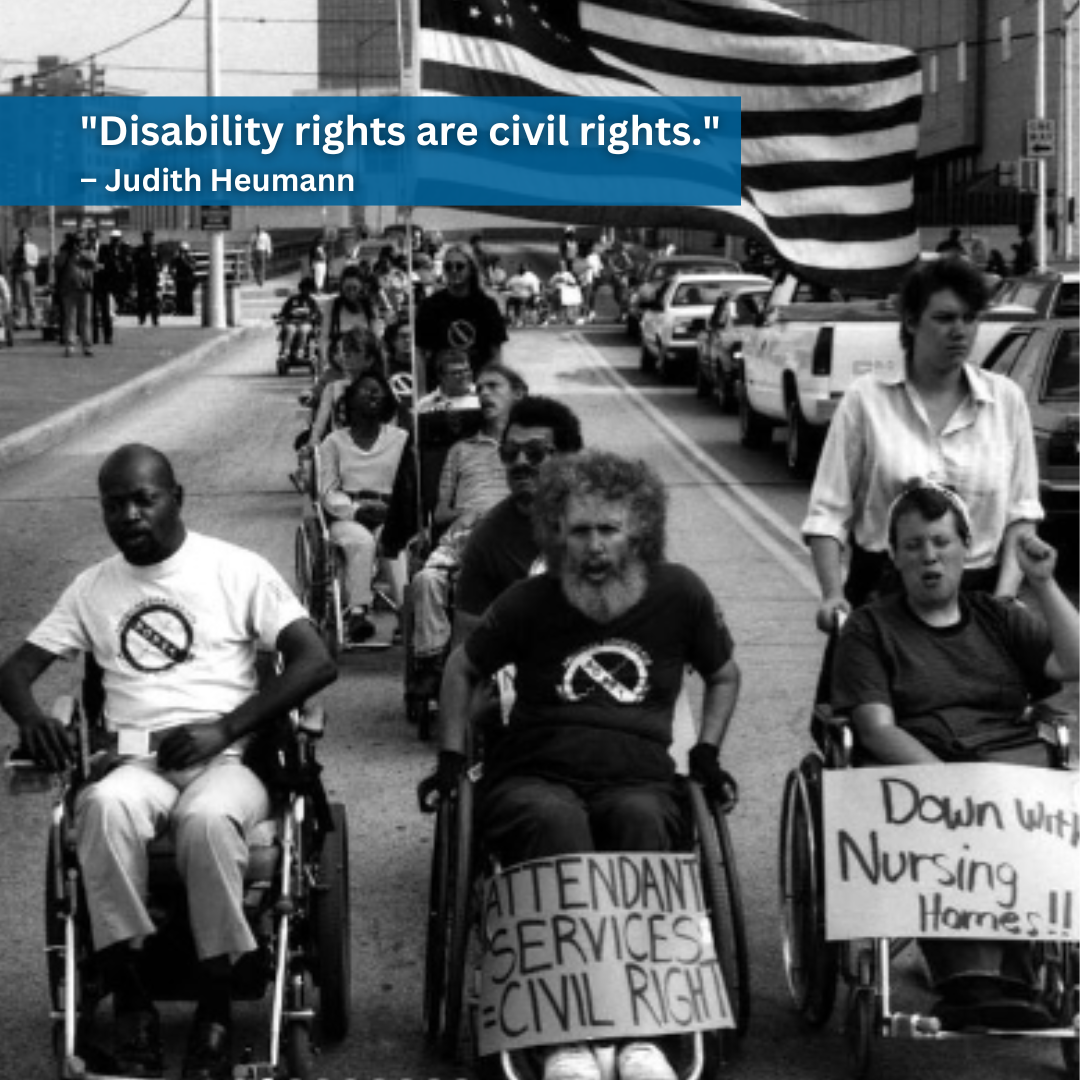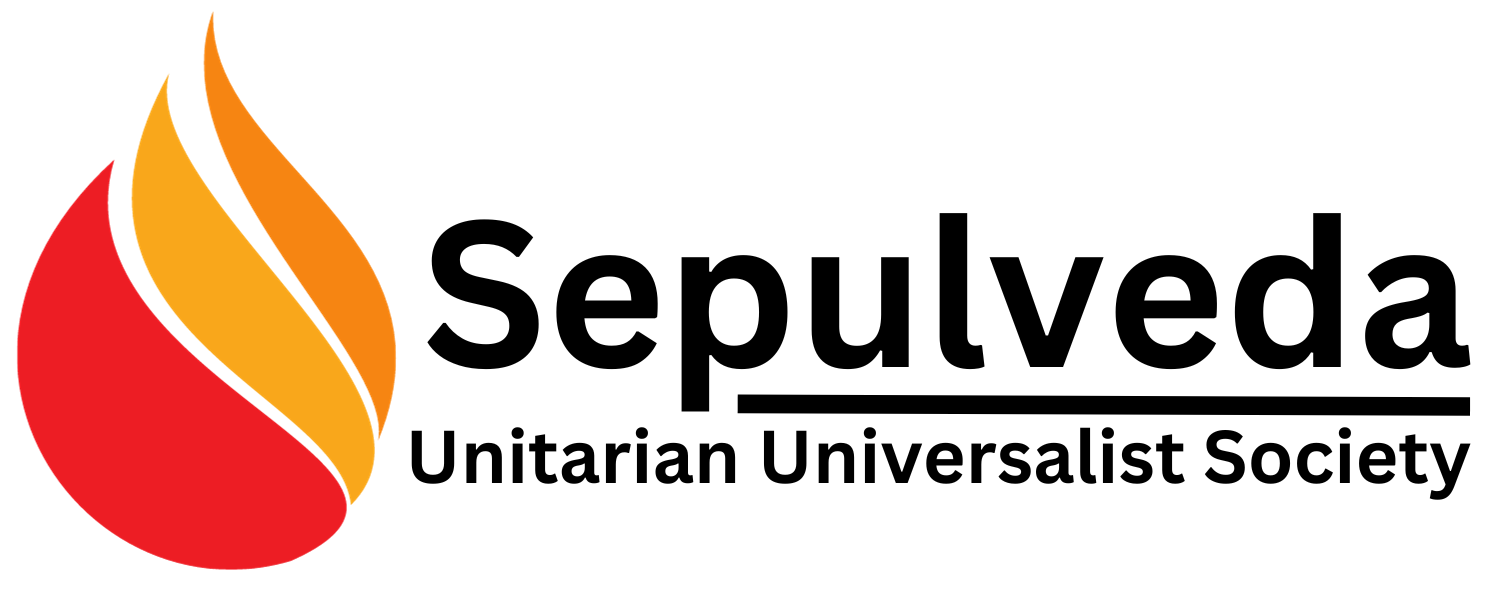Day 2. The ADA and Deaf Activists.

“Disability rights are civil rights.” – Judith Heumann
The Americans with Disabilities Act (ADA) was a landmark piece of legislation that changed the lives of millions of people with disabilities, including the Deaf and Hard of Hearing community. But behind this victory were activists, organizers, and leaders who worked tirelessly for accessibility, inclusion, and legal protections. Today, we honor the Deaf activists who helped make the ADA a reality and continue to advocate for a more equitable world.
The Road to the ADA: A Movement for Justice
Before the ADA was passed in 1990, Deaf and disabled individuals faced widespread discrimination in employment, education, and public life. There were no federal laws requiring accessibility—meaning no legal protections for sign language interpreters, captions, or accessible workplaces.
The struggle for disability rights gained momentum in the 1970s and 1980s, as activists demanded change. Groups like The National Association of the Deaf (NAD), Deaf President Now (DPN), and ADAPT joined forces with other disability advocates, holding protests, sit-ins, and congressional testimonies to push for legal protections.
One of the most famous protests was the Capitol Crawl on March 12, 1990—hundreds of disabled activists, including Deaf leaders, left their wheelchairs, crutches, and mobility aids to crawl up the steps of the U.S. Capitol, demanding the passage of the ADA. This powerful act of defiance sent a clear message: Equal rights could not wait any longer.
Deaf Activists Who Made a Difference
- Dr. I. King Jordan – The First Deaf President of Gallaudet
- Dr. Jordan was the first Deaf president of Gallaudet University, elected after the historic Deaf President Now (DPN) movement in 1988. His leadership helped shift national perceptions about Deaf leadership, and he became a strong advocate for the ADA, testifying before Congress about the need for accessibility and inclusion.
- Gerald “Bummy” Burstein – A Champion for Communication Access
- A lifelong advocate and educator, Burstein worked with the National Association of the Deaf (NAD) to push for relay services, captioning laws, and employment protections for Deaf Americans. His work contributed to the ADA’s requirement that public services provide communication access for the Deaf and Hard of Hearing.
- Marlee Matlin – Hollywood’s Advocate for Equal Rights
- The Academy Award-winning Deaf actress used her platform to raise awareness about accessibility, testifying before Congress in support of closed captioning and media access. Her advocacy helped ensure that television programs and public services were included in the ADA’s accessibility mandates.
- Patricia Durr – A Leader in Disability Policy
- As a Deaf advocate and policy expert, Durr worked to ensure that the ADA addressed sign language interpretation, workplace accommodations, and public services for the Deaf community. She has continued struggling for accessibility in higher education and social services.
How the ADA Changed Lives for the Deaf Community
The ADA became law on July 26, 1990, prohibiting discrimination against individuals with disabilities and requiring accommodations in employment, education, public spaces, and telecommunications. Key victories for the Deaf community included:
✅ Mandatory Sign Language Interpreters – Hospitals, courts, and public services must provide qualified interpreters upon request
✅ Closed Captioning & Relay Services – Television stations must provide closed captioning, and telecommunications relay services (TRS) allow Deaf individuals to communicate over the phone
✅ Equal Employment Opportunities – Employers must provide reasonable accommodations, ensuring Deaf individuals are not excluded from jobs due to lack of accessibility
✅ Accessible Public Spaces – Businesses, schools, and government agencies must provide access through technology, communication services, and physical modifications.
While the ADA was a huge move forward, the struggle for full accessibility continues today—especially in healthcare, law enforcement, and digital accessibility.
Quotes from Deaf Activists
📜 “Deaf people can do anything hearing people can do—except hear.” – Dr. I. King Jordan
📜”We are not asking for special treatment; we are demanding equal access.” – Marlee Matlin
📜”The ADA opened doors, but we still have work to do to make sure those doors stay open.” – Patricia Durr
Want to Learn More? Resources to Explore
📘 “A Disability History of the United States,” by Kim E Nielsen – A deep dive into the history of disability rights, including Deaf activism.
📺 “Through Deaf Eyes” (PBS Documentary) – Explores the history of Deaf culture and activism.
🖥 ADA National Network – Find resources on ADA rights and legal protections using this online resource.
Reflection
The passage of the ADA was not the end—it was just the beginning. As we honor the Deaf activists who fought for these rights, we must continue their work to ensure that accessibility is a reality for all. Consider these questions as you reflect on your own understanding of deaf advocacy.
💬 In what ways did the ADA change the way the deaf community received access to opportunities?
💬 How can we ensure that the deaf community is included in our community and its rituals and traditions?
Join us tomorrow as we explore the ways one advocate supported deaf representation in the media.
Learn more: Learn about ongoing advocacy efforts at the National Association for the Deaf.
#UU #UUA #CelebrateDiversity #DeafCulture #DeafHistoryMonth #DisabilityAwareness #ADA30 #DisabilityRights #NothingAboutUsWithoutUs
Discover more from SepulvedaUU
Subscribe to get the latest posts sent to your email.
